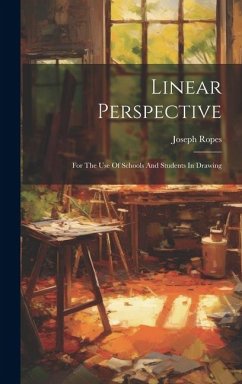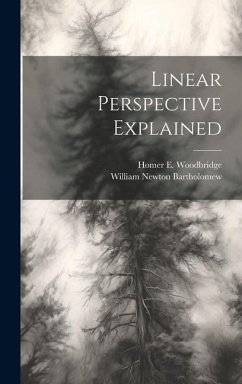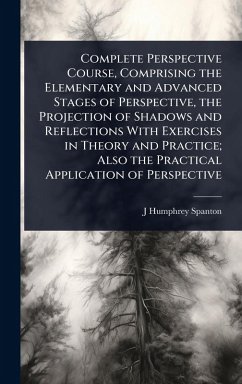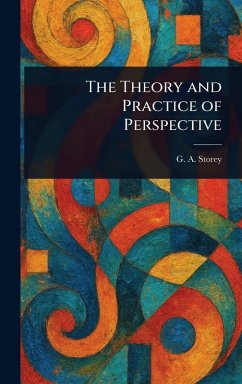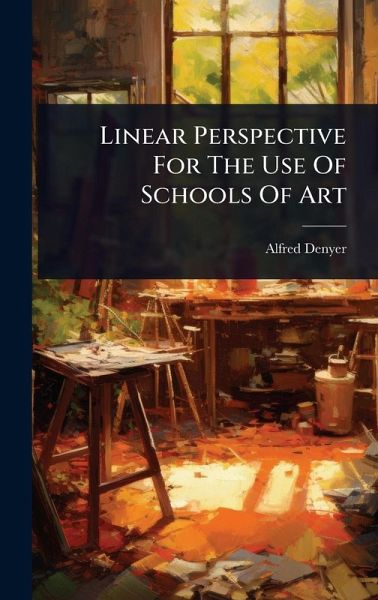
Linear Perspective For The Use Of Schools Of Art
Versandkostenfrei!
Versandfertig in über 4 Wochen
28,99 €
inkl. MwSt.
Weitere Ausgaben:

PAYBACK Punkte
14 °P sammeln!
"Linear Perspective For The Use Of Schools Of Art" offers a comprehensive guide to understanding and applying linear perspective, a fundamental technique for artists and architects. Authored by Alfred Denyer, this book provides clear and concise instruction, making it an invaluable resource for students and educators alike. The book covers the essential principles of linear perspective, enabling readers to create realistic and accurate representations of three-dimensional space on a two-dimensional surface. With step-by-step explanations and illustrative diagrams, learners will master the art ...
"Linear Perspective For The Use Of Schools Of Art" offers a comprehensive guide to understanding and applying linear perspective, a fundamental technique for artists and architects. Authored by Alfred Denyer, this book provides clear and concise instruction, making it an invaluable resource for students and educators alike. The book covers the essential principles of linear perspective, enabling readers to create realistic and accurate representations of three-dimensional space on a two-dimensional surface. With step-by-step explanations and illustrative diagrams, learners will master the art of creating depth, scale, and spatial relationships in their drawings. Ideal for classroom use or self-study, this book is designed to equip aspiring artists and architects with the skills needed to excel in their respective fields. Dive in and discover the power of linear perspective to transform your artistic vision into stunning visual realities. This work has been selected by scholars as being culturally important, and is part of the knowledge base of civilization as we know it. This work was reproduced from the original artifact, and remains as true to the original work as possible. Therefore, you will see the original copyright references, library stamps (as most of these works have been housed in our most important libraries around the world), and other notations in the work. This work is in the public domain in the United States of America, and possibly other nations. Within the United States, you may freely copy and distribute this work, as no entity (individual or corporate) has a copyright on the body of the work. As a reproduction of a historical artifact, this work may contain missing or blurred pages, poor pictures, errant marks, etc. Scholars believe, and we concur, that this work is important enough to be preserved, reproduced, and made generally available to the public. We appreciate your support of the preservation process, and thank you for being an important part of keeping this knowledge alive and relevant.



